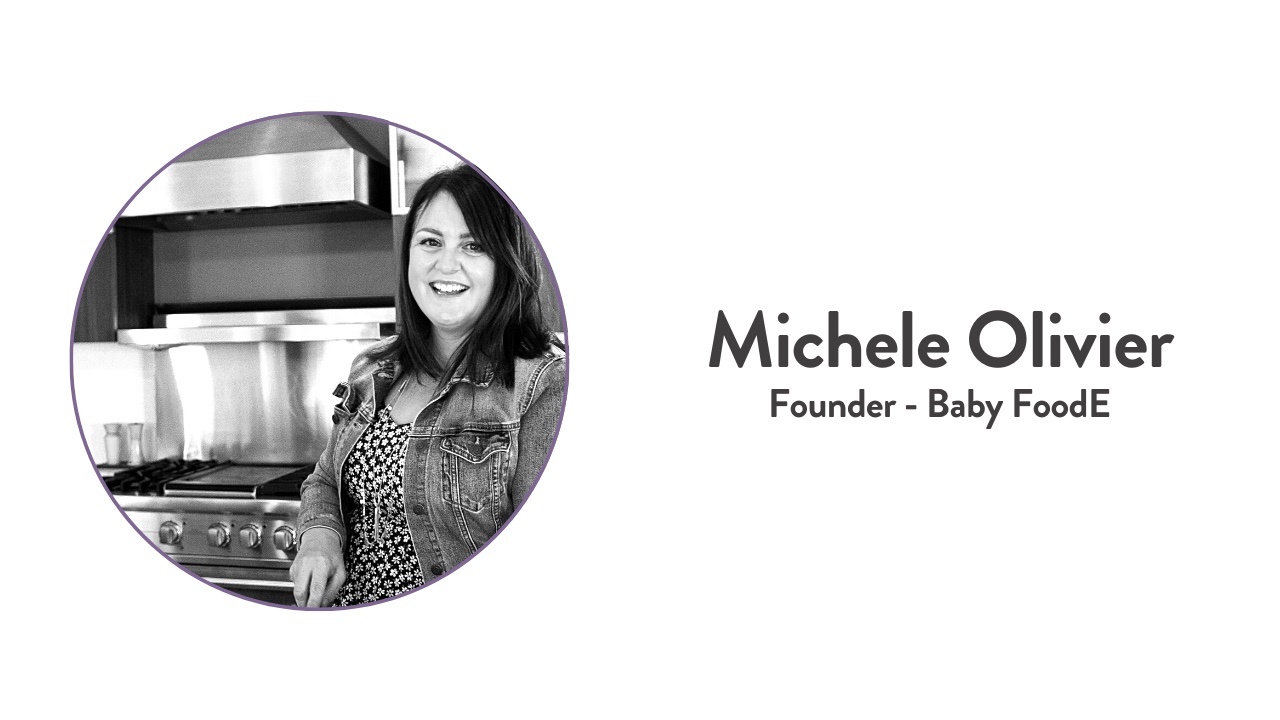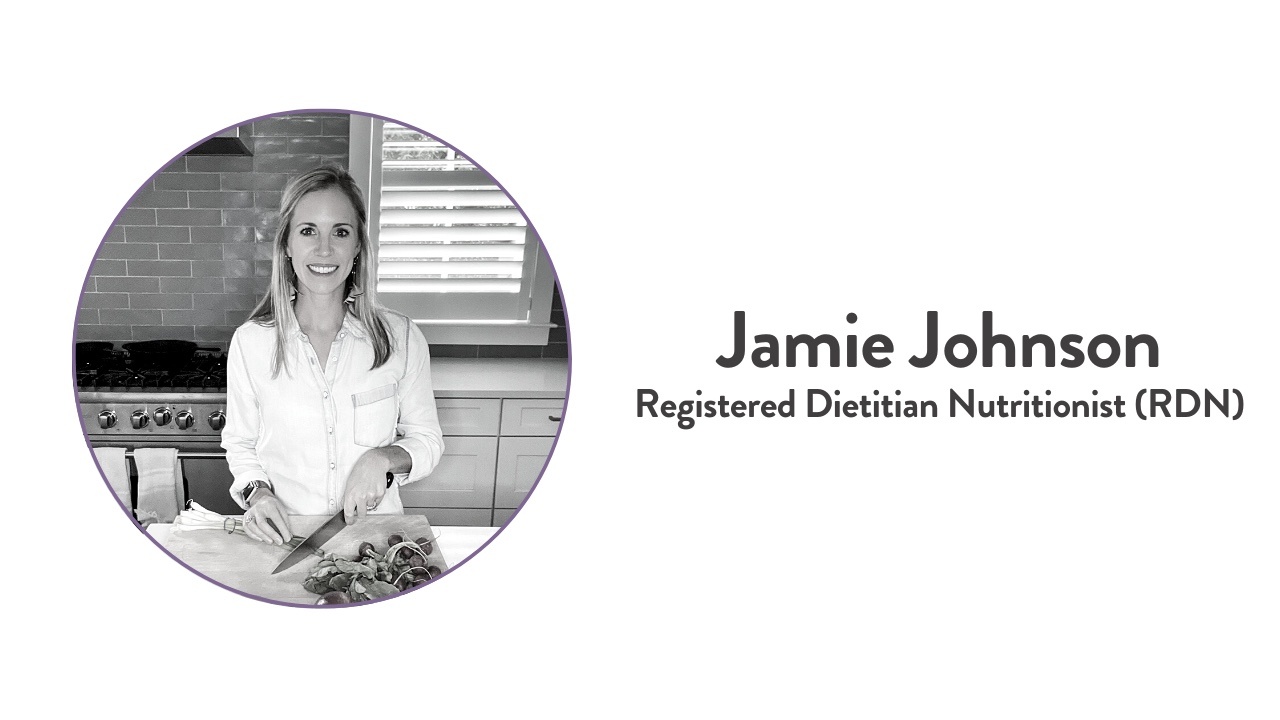Nutritional Information
Asparagus is chock full of nutrients for your baby and can make a great first food. Plus it is fun for them to hold and to help them with their grasping skills.
- An excellent source of vitamin K for bone health and blood clotting.
- A good source of vitamin C, for iron absorption and immune support.
- A good source of vitamin A, for healthy eyes.
- Contains prebiotic fiber to help feed the good bacteria in the gut.
Asparagus Tip: Store asparagus in the fridge upright with the bottom of the stalks in a cup of water.
When can you introduce asparagus to your baby?
Is asparagus a choking hazard?
Is aparagus a common allergen?
Does asparagus cause constipation for babies?
How to Serve Asparagus
Asparagus is a great first source of fiber for your baby to help with digestion. Make sure to cook asparagus until soft for babies and toddlers 6-18 months. You can practice serving raw asparagus once your toddler reaches 18-24 months.
6+ Months
See below for these recipes.
Stage One Puree
Self-Feeding: Baby-Led Weaning
- Asparagus for Baby-Led Weaning: cooked whole spears or a puree
7+ Months
Stage Two Purees
9+ Months
Stage Three Purees
Self-Feeding: Finger Foods
- Asparagus for Self-Feeding: cooked spears, sliced in half lengthwise and chopped into small ‘pea’ size pieces
12-36 Months
Toddler Recipes
Recipes
Asparagus Puree
Prep: 5 minutes
Cook Time: 15 minutes
Servings: 15 ounces
Age: 6+ months
Ingredients
- 2 cups asparagus, trimmed
- pinch of fresh mint (optional)
Instructions
-
In a medium saucepan, bring 2″ of water to a boil over medium heat. Place the asparagus into a steamer basket, cover, and cook for 8-10 minutes or until tender. Reserve steamer water. Let cool slightly.
-
Place the cooked asparagus into a blender or food processor along with the mint (or other preferred spice or herb, if any). Turn on the blender or food processor and puree for 1-2 minutes on medium. If the puree is too thick, add 1/4 cup of the reserved water at a time, until you achieve desired consistency.
-
Serve and enjoy, or store for later.
Notes
Age: 6+ months
Yield: 15 ounces
Storage: you can store this puree in an air-tight container in the fridge for up to 4 days or in the freezer for up to 4 months.
Spices/Herbs: Adding spices to your baby’s foods is a great way to introduce more complex flavors at an early age. Some great spices and herbs to add to cooked asparagus are a pinch of garlic, nutmeg, smoked paprika, milk chili powder, cumin rosemary, basil or a squeeze of fresh lemon juice.
Asparagus for Self-Feeding
Prep Time: 5 minutes
Cook Time: 15 minutes
Servings: 3-4 servings
Age: 6+ months
Ingredients
- 1/2 a bunch of asparagus, roughly 2 cups, trimmed
- 1/2 clove garlic
- 1 tsp butter or olive oil
Instructions
-
In a medium skillet, over medium heat, add the olive oil and garlic and cook for 2 minutes. Add in the asparagus and cook for 4-5 minutes or until fork tender, stirring often. Let cool.
- Cut in an age-appropriate way and serve.
Notes
Age: 6+ months
Yield: 4 portions for baby
Storage: you can store this recipe in the fridge in an air-tight container for up to 3 days.
Spices/Herbs: Adding spices to your baby’s foods is a great way to introduce more complex flavors at an early age. Some great spices and herbs to add to cooked asparagus are a pinch of garlic, nutmeg, smoked paprika, milk chili powder, cumin rosemary, basil or a squeeze of fresh lemon juice.
Puree for Self-Feeding: Yes, it can be done! You can offer purees and still allow your baby to lead the way with self-feeding.
- Place a few spoonfuls of purees directly on the tray or in a bowl for your baby to dip fingers into. Model how to dip your fingers into the puree and bring them to your mouth, to taste some.
- Offer your baby a pre-loaded self-feeding utensil and hold it out for them to grasp or set on their tray.
- Use a solid food as a dipper. You can also offer a soft stick-shaped piece of food, such as a soft roasted carrot or bread lightly toasted and cut into strips to dip into the puree.
Video
Feeding Tips
- Try sauteing, grilling or roasting asparagus so that spears are soft but still keep their shape for young eaters. Steaming or boiling can make asparagus mushy and difficult to pick up.
- Focus less on the amount consumed and remember that your baby or toddler is getting lots of great practice building oral motor skills with this stick-shaped food.
- If serving small pieces, especially for babies 9+ months or toddlers who may not have had much exposure to asparagus yet, cut it lengthwise first. This way the asparagus is no longer round and decreases the choking risk.
- Continue to offer whole-cooked asparagus spears to your toddler to support the oral motor skills needed for taking bites off a food and chewing thoroughly.
More Asparagus Recipes
How to Pick & Store Asparagus
How to Pick Asparagus
- Color: Look for stalks that are a bright, vibrant green color. Avoid those with any black spots or wilting.
- Spears: The stems should be firm, straight and plump. Check the cut ends as well - if they are brittle or cracked, the asparagus has already begun to dry out.
- Crowns: The decorative tips known as the crowns, should be closed tightly and compact.
How to Store Asparagus
- If you are planning to use the asparagus within 1-2 days, wrap the bunch with a few sheets of damp paper towels and place it in a breathable plastic bag in the crisper drawer of the fridge.
- If you are not going to consume asparagus within a few days, keep it fresh by first removing any rubber bands or ties around it. Next, cut about an inch off the bottom ends. Place the asparagus upright in a glass or jar with an inch of water at the bottom, lightly cover with a plastic bag and place in the fridge. This will help asparagus last up to a week. If the water in the jar looks cloudy after a few days, change it.
- Store cooked asparagus in an airtight container in the fridge for up to 2-3 days.
- Frozen asparagus stores well in the freeze for 8-12 months.
Seasonings that pair well with asparagus:
- Garlic
- Lemon
- Nutmeg
- Smoked paprika
- Chipotle chili
- Cumin
- Rosemary
- Basil
Asparagus Facts
- Asparagus is related to leeks, onion, and garlic. Asparagus comes in three different colors - green, white, and purple.
- According to the Environmental Working Group (EWG), about 90% of asparagus examined had no detectable pesticides, making this veggie a safe choice to buy non-organic.
- Wash asparagus to remove any dirt or debris from the stalks and tips before preparing, but don’t wash until you are ready to cook it.
- Although frozen, defrosted asparagus isn’t great for eating by itself (it gets too mushy!), you can use frozen asparagus easily in soups, stews, casseroles, or other baked dishes.
Reviewed and Co-Written By









